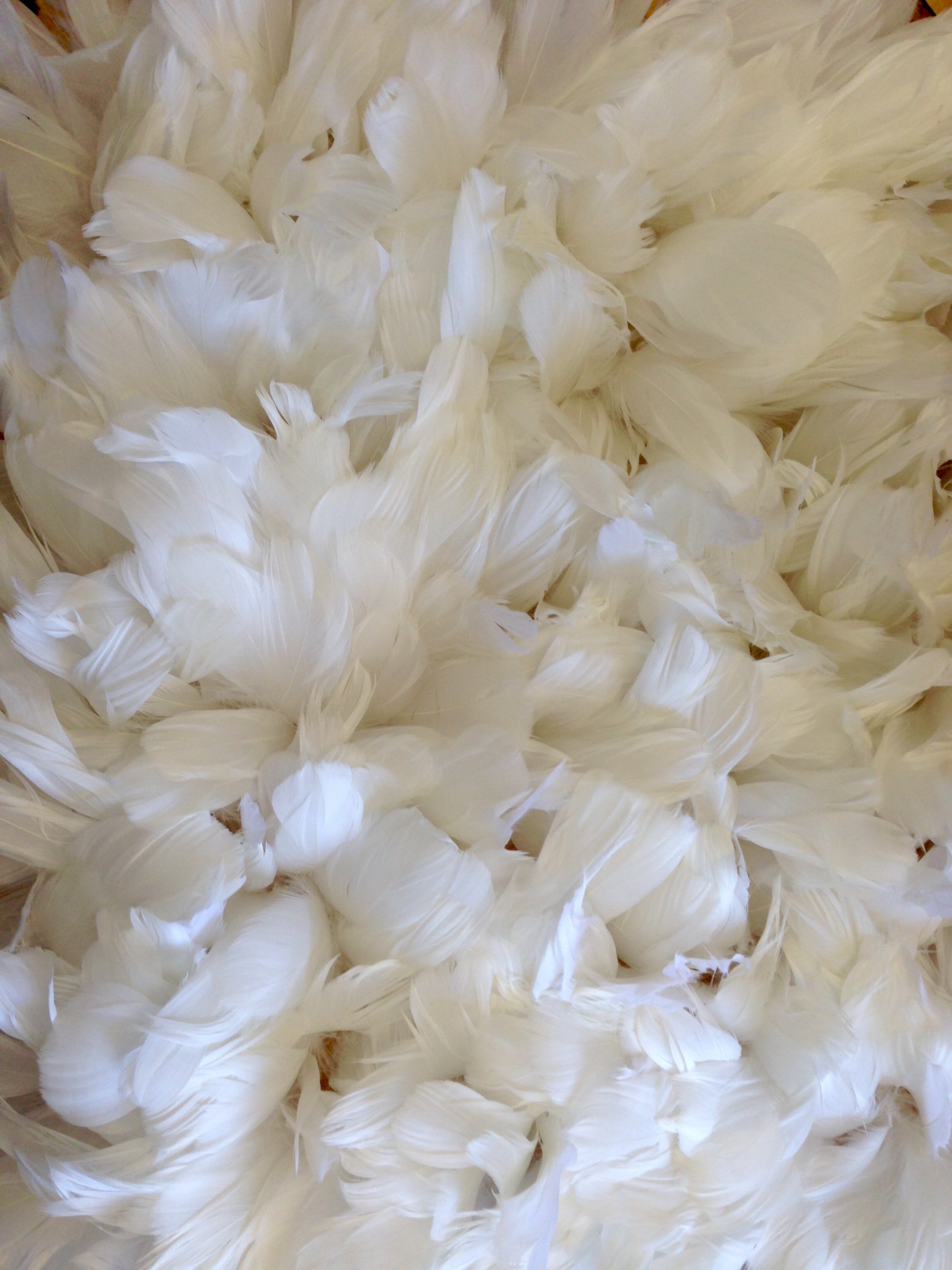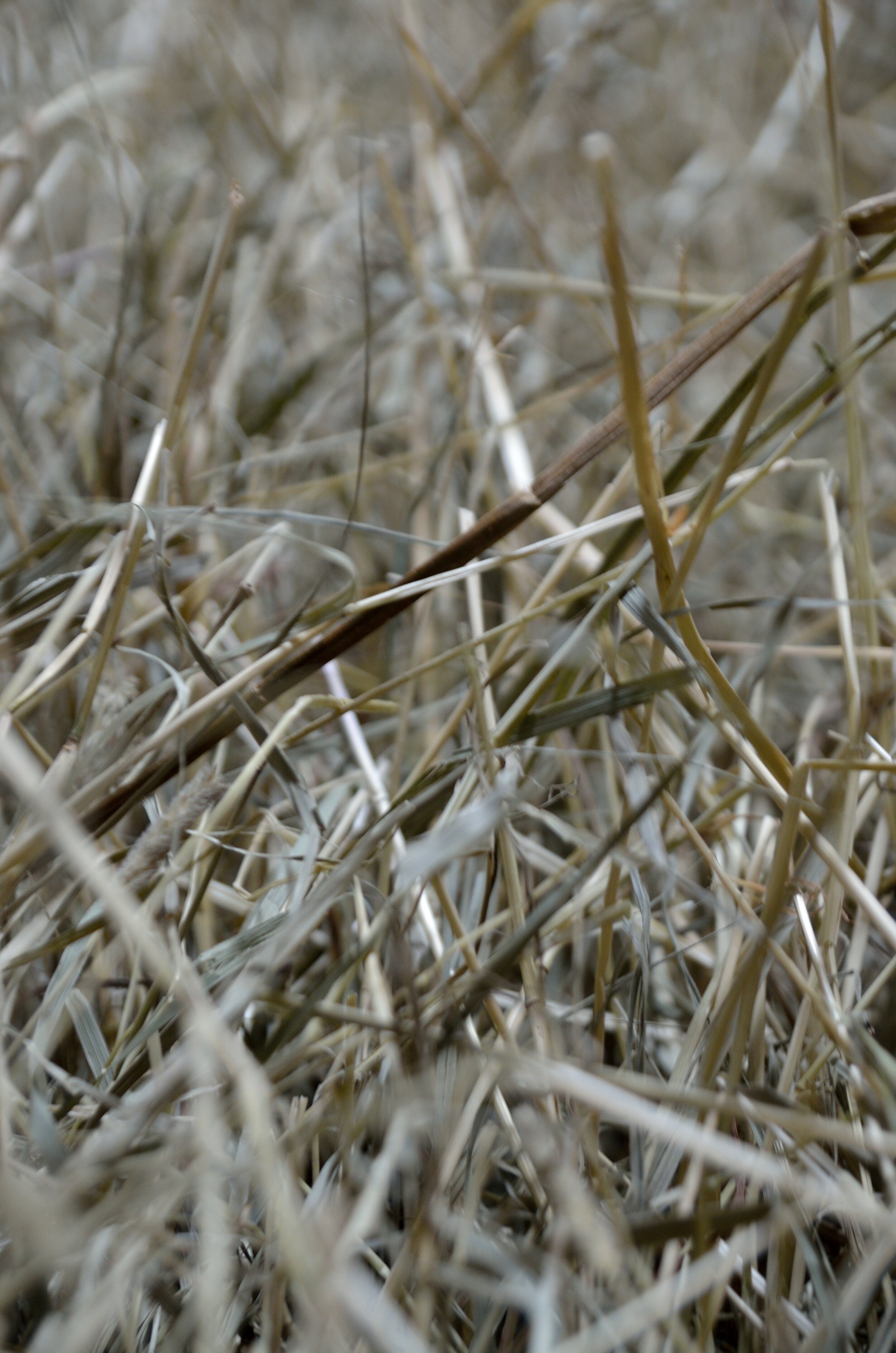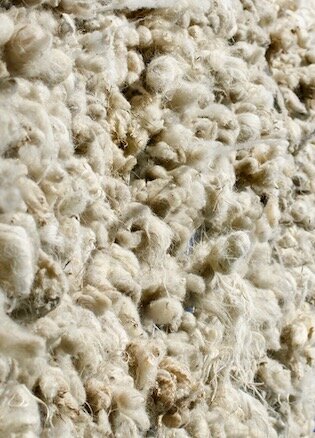Nancy Winship Milliken Studio often works with undergraduate and graduate students in a variety of mentoring capacities. In an open studio atmosphere Milliken also creates original Artist-in-Residencies with lectures, studio visits, and a class project that could involve the whole school.
Students from different universities who are interested in environmental and social art are welcome through a selected process to volunteer intern in the studio during the summer and school year. Many students get college credit and have been awarded grants for this opportunity. We welcome all majors. Past interns have been in environmental studies with minors in studio art, religion, architectural and landscape design, food systems, climate justice, art history. Typically we will collaborate with other artisans, poets, environmentalists, builders, and farmers, as mentors, making work in response to the landscape, people and animals surrounding us. All artistic disciplines are explored. Many times we are experimenting with materials to see what future projects can be realized, other times we are working on a specific project that needs to head out for an exhibition. The studio is dedicated to using art as a communicator of climate justice and the environmental crisis we all face.
Recent projects include publicly-generated work. The studio has initiated an online mentoring program in response to Covid 19 pandemic.


















“Working as part of the Earth Press Project team at Nancy Winship Milliken Studio was an enriching and unforgettable experience. As a student studying Environmental Studies and Studio Art it is hard to find jobs and internships that combine my two passions. Although, my internship with Nancy Milliken was a perfect fit for my senior capstone at the University of Vermont. My capstone focused on environmental art which is what we created in the studio last summer.
The internship not only taught me how to create, promote and install a piece of art, but it also taught me how to make art in a sustainable way and use art as environmental activism. The work we were doing was so much fun everyday, but it also felt important.
We got messy as we danced around in wet earth. Then, as we molded this earth into blocks we organized the words submitted by the public. Respect. Acceptance. Peace. Love. We pressed these words into blocks and felt their weight even before the 30 pound cubes were dry enough to carry. The question “What change would you like to witness on this earth?” constantly floated around the studio. The words arriving in response were full of hope, which in return gave me hope. Hope that environmental art like this can inspire people and help change the world.”





